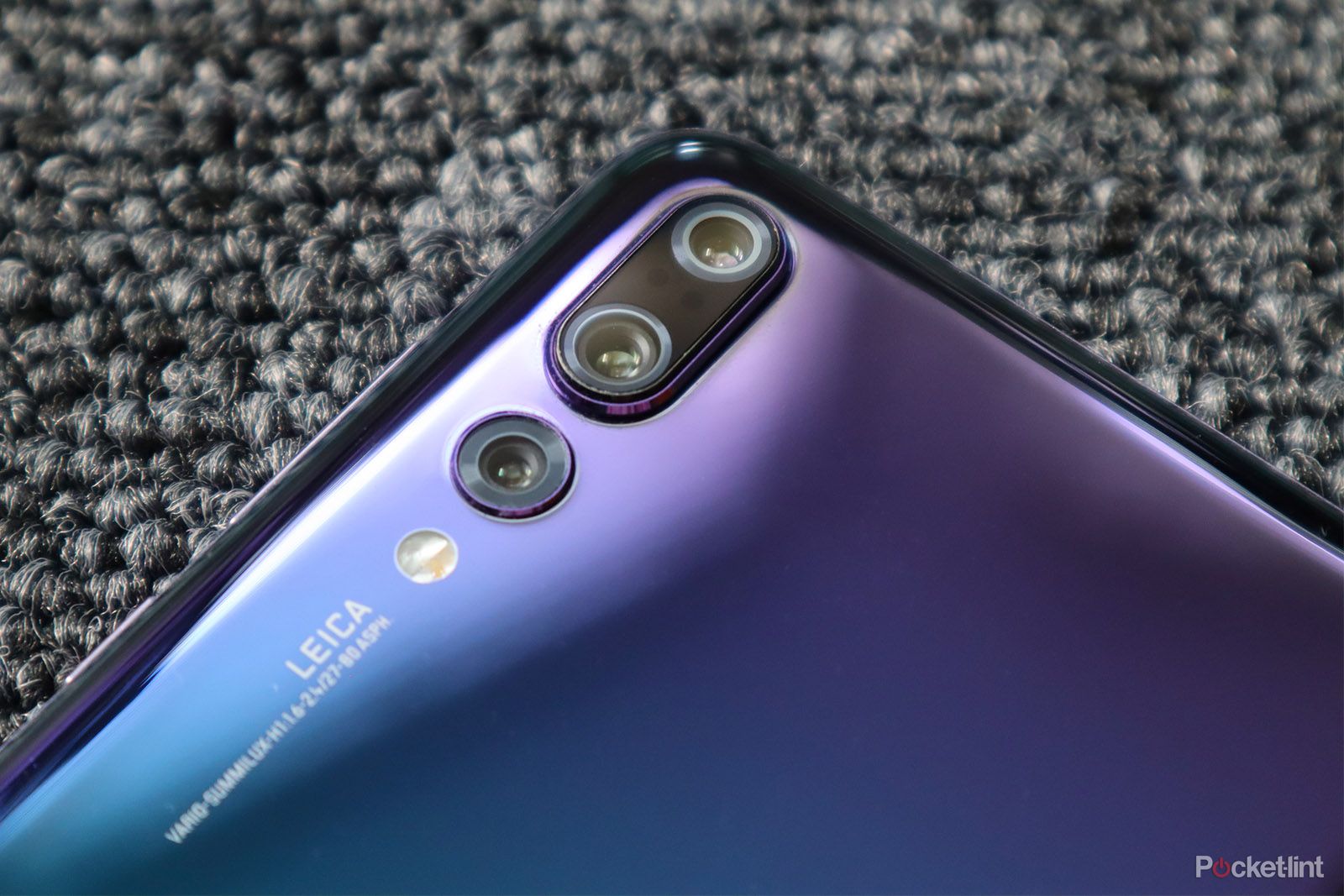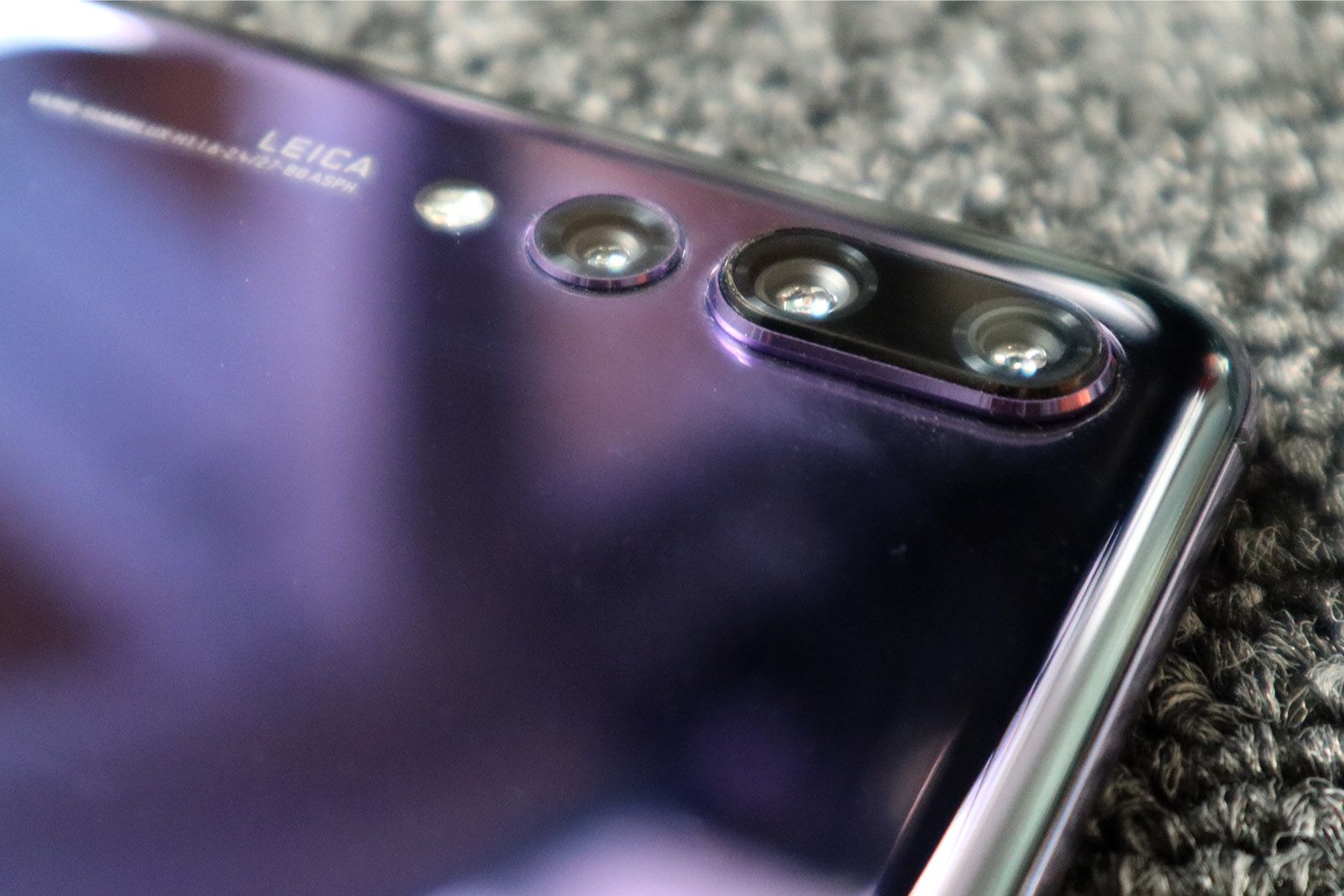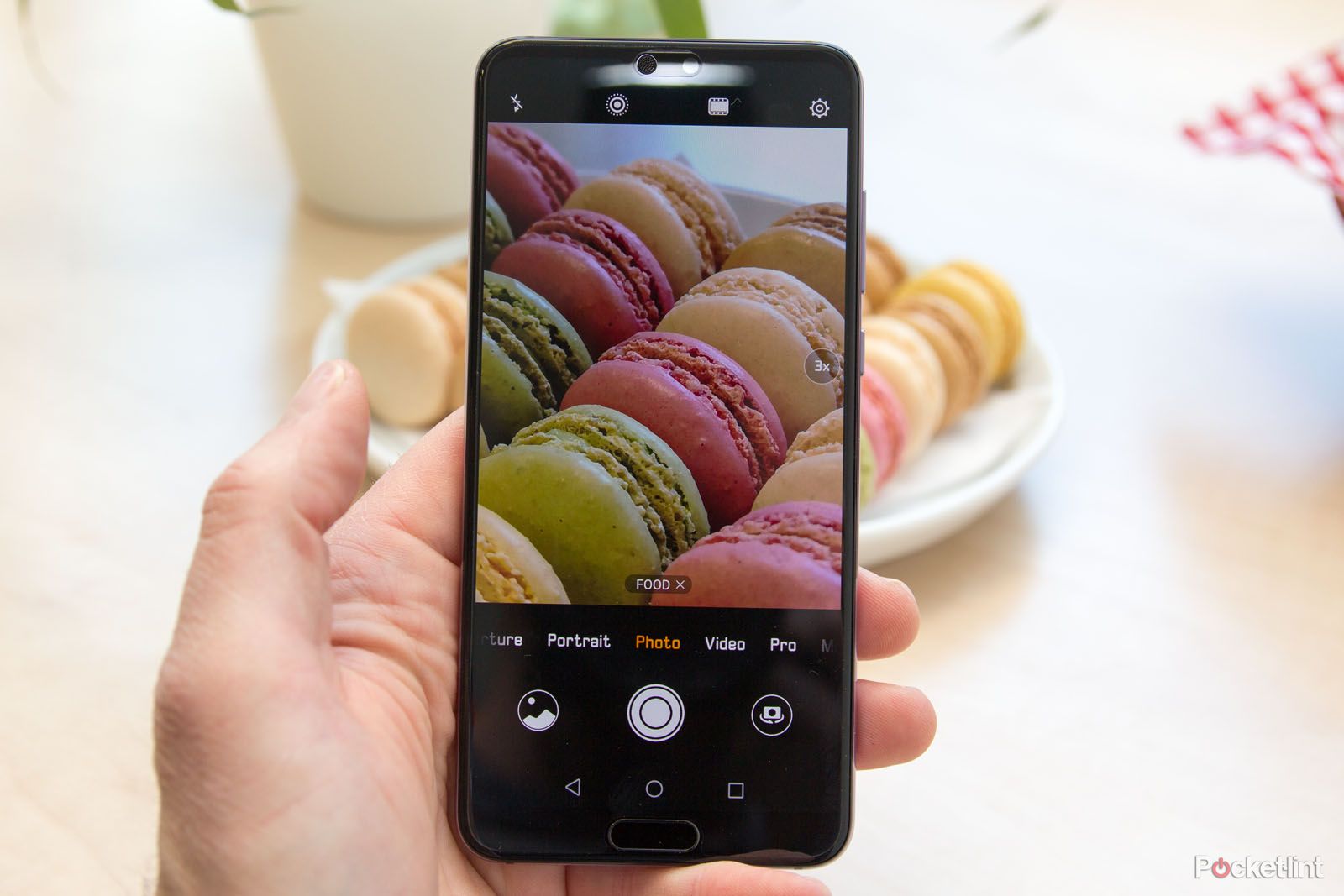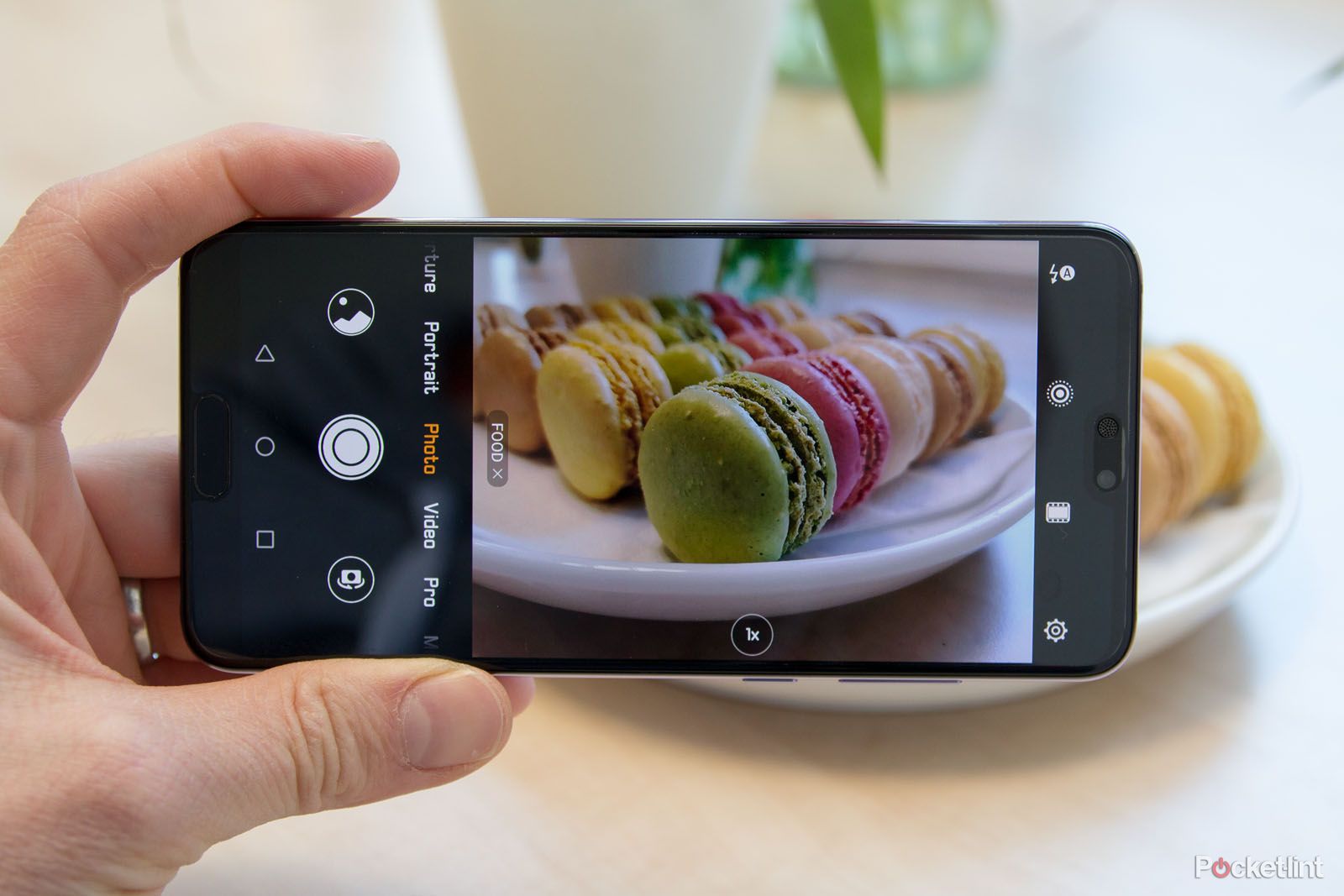The Huawei P20 Pro will grab the attention of a lot of people because it has three cameras on its rear. Dual camera phones are now fairly common, but Huawei has taken things further, looking to bring "master level" photography to its 2018 flagship phone.
Huawei P20 Pro SIM free
Here's everything you need to know about Huawei's P20 Pro camera, based on our use with the top-tier device over a number of weeks of use. And, spoiler alert, it's the best camera you'll find in any current phone.
Huawei P20 Pro camera specs
- 40MP RGB 1/1.7in type sensor, f/1.8 aperture
- 20MP monochrome, f/1.6 aperture
- 8MP 3x zoom, f/2.4 aperture
- Optical Image Stabilisation (OIS) for all
- 24MP front camera, f/2.0 aperture
- Laser autofocus and colour temperature sensor
There are three cameras on the rear of the Huawei P20 Pro: two are combined into a raised unit, comprising 40-megapixel colour and 20-megapixel monochrome cameras. These operate in much the same way as previous dual camera Huawei systems, as developed with Leica collaboration.
That means depth measurement for software-derived blurred background (including a professional style aperture adjustment from f/0.95-f/16), alongside expanded dynamic range from the black-and-white senor with colour mapping from the RGB sensor. The key difference in the P20 Pro is there's much more resolution than in any P-series prior and, but of course, that third telephoto lens.
Furthermore, the P20 Pro uses a larger scale sensor than many of its competitors (and its own predecessors). Its 1/1.7in size means the pixels are larger, which gives them greater light-gathering properties for the potential of cleaner, better images as a result.
Or, if it's your thing, you can switch off all the colour and call upon the mono sensor instead. This might sound like a gimmick, but it's something that Leica has been producing (in larger-scale formats) for a number of years. Without the need for a colour filter to discern red, green and blue the black-and-white sensor can deliver greater dynamics and detail by comparison. No other maker can offer this feature at present.
The P20's third rear camera is used for zoom. It has an 8-megapixel sensor, but the lens offers 3x optical zoom (there's a composite 5x hybrid zoom that uses a mixture of the three cameras to try and improve image quality). This zoom lens is designed to make far-away subjects appear closer up to the camera, without you needing to move an inch. Other phones offer similar, but the Huawei solution is great: hit the 3x button to zoom, hit it again for 5x zoom, and again to reset. What you see is what you get.
All these cameras are supported by laser autofocus and a colour temperature sensor, aiming to make sure that white balance is accurate. This new colour temperature sensor will assess the white balance across the entire scene, not just in one point. And with artificial intelligence (AI) recognising the scene at hand, the phone auto-adjusts its settings depending on what's in front of it.
What about that 40-megapixel camera?
- Pixel Fusion technology for 2µm pixels
- Default 10MP shooting
That 40-megapixel camera is likely to be the thing that a lot of people notice. But probably for the wrong reason: it's not often the P20 Pro will shoot at full resolution, unless you tell it to do so.
Let's just remind everyone that more megapixels does not make a better camera. It's what you do with them. If you're a smartphone fan then you'll know that the likes of Apple, Samsung and Google all use a 12-megapixel main camera and generally deliver excellent results. Hence the P20 Pro will typically compile the results into a more detailed 10-megapixel image by default using what Huawei calls Pixel Fusion. And these are big pixels: at 2µm, this big sensor is far larger than, say, the HTC U11 (which has 1.4µm pixels). Win to Huawei.
Secondly, the P20 Pro's 40MP camera can being used for hybrid zoom. The information from this vast resolution can aid the telephoto lens and deliver a convincing 5x digital zoom as a result. And these 5x zoom results aren't to be scoffed at: we're yet to see anything better.
Huawei P20 Pro low-light shooting and Night Mode
- ISO 102,400 maximum for low-light shooting
- Night Mode for real-time long exposures
The Huawei P20 Pro also offers ISO 102,400 for low-light shooting to try and ensure you get the shot no matter what. Don't expect miracles, of course, as there'll be some diminishing of quality at this amped-up level, but few other cameras dare to compete.
More important than this, in many ways, is the Night Mode. This real-time handheld option creates a composite image, a bit like HDR (high dynamic range), but without the need for a tripod. In short: shoot a scene at night with light and dark areas and it'll balance out the shadows with the lights to a sensible degree. More impressively, it'll create a time-lapse style single image, so if people walk through the frame you'll see their blurry figures, while the rest of the image retains its fixed form. It's almost like magic; a mode no competitor can yet match. These exposures can be up to eight seconds in length, too.
Huawei P20 Pro AI shooting (artificial intelligence)
- 19 modes with automatic recognition and categorisation
The backbone of the Huawei camera experience is its artificial intelligence (AI) solution. The company is making a big fuss about its latest Kirin 960 chipset and just what it can do.
It really works, too. Machine learning means the P20 Pro can auto-recognise up to 19 difference scene types, including sub-categories; for example, it can differentiate between a number of dog breeds.
On the face of it this AI isn't that revolutionary - Sony has offered the same thing on its Superior Auto modes on its phones and cameras for years - but the speed at which the camera selects a mode and tells you what it's going to do is unrivalled.
That's great, but it's not without issue. Some of these scene modes are a little too firm in their delivery: Greenery, for example, makes greens almost putrid; Blue Sky will over-enhance almost any sky; Document Scan will see words in any given image and think that a poster is a document rather than a background image.
Huawei P20 Pro 960fps shooting
- 960fps super slow-motion
- 720p resolution
Huawei joins the likes of Samsung and Sony in offering 960fps super slow-motion capture. This is at a 720p resolution, the same as the Samsung Galaxy S9, not reaching the high levels of 1080p offered by the Sony Xperia XZ2.
When testing the Samsung S9 and Huawei P20 Pro side-by-side, we found that the Huawei was able to capture 960fps indoors and give a nice, bright and clear super slow-mo video, whereas the Samsung struggled with dark and grainy video.
Huawei P20 Pro cameras: Conclusion
We've briefly touch upon the core here. But having been using the Huawei P20 Pro for many weeks non-stop, we have to say that, without doubt, it's the best phone camera available to date. It's leagues ahead of the previous generation and genuinely has knocked our socks off. It's better than the Pixel XL 2, better than the Galaxy S9, better than the Sony XZ2. Basically: it's the best.




